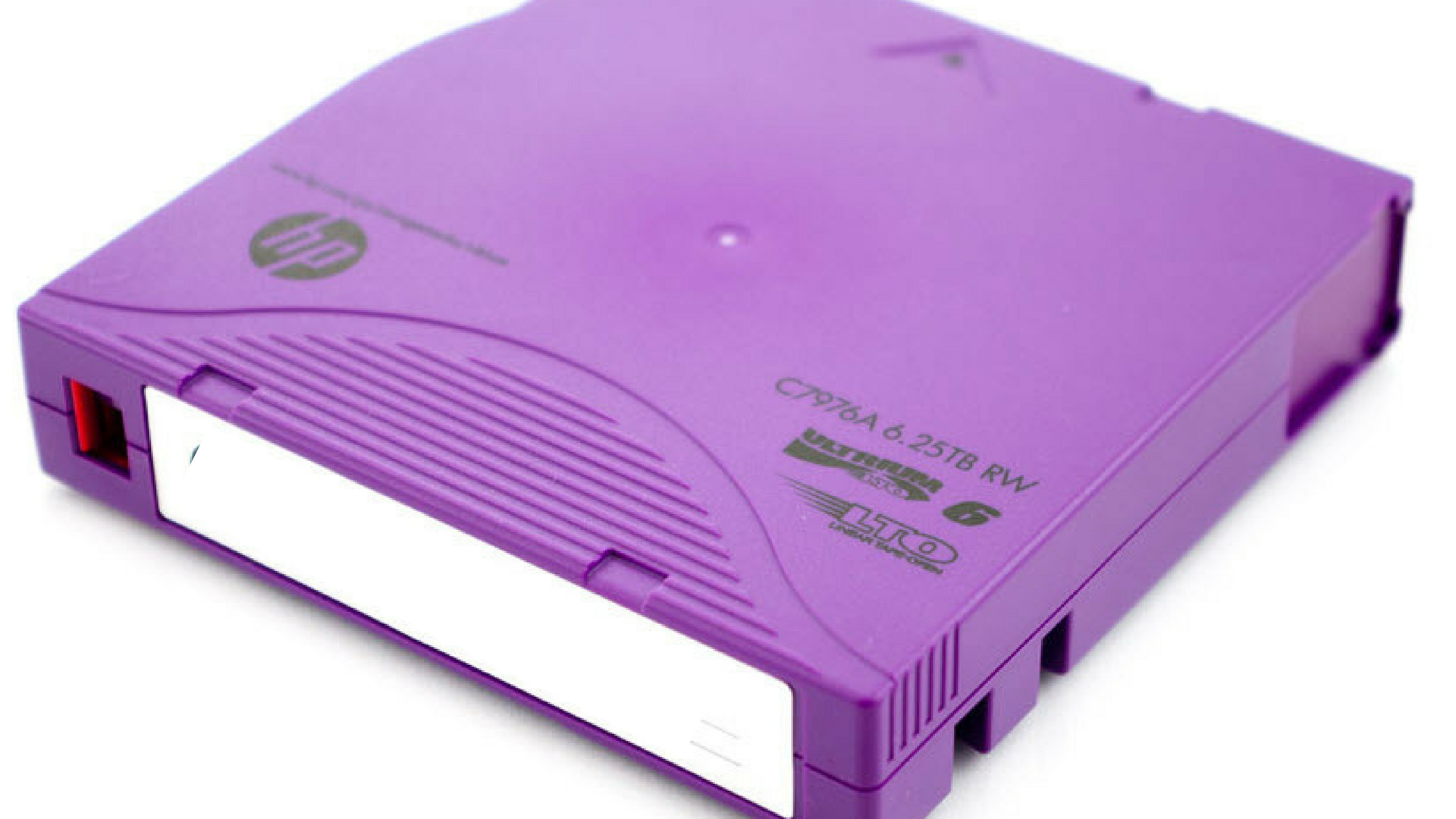
Best Practices Tips for Off-Site Tape Storage
Best Practices Tips for Off-Site Tape Storage
In today’s business environment, companies can no longer just back up their data. They must also keep an additional copy in a safe, fireproof facility.
A very popular way companies back up their data off-site is through tape and tape vaulting. Tape Backup continues to be a valuable and reliable solution for storing safe copies of data off-site.
Here are Seery Systems’ Best Practices Tips for Off-Site Tape Storage:
Fireproof Environment
Keep all your tapes and other backup media in a controlled environment that is secure, climate controlled and most importantly – fireproof.
Recovery Time
Whether you back up a single file or an entire system, your offsite storage facility should be a reasonable distance from your primary location. Depending upon your recovery procedures, you should be able to access your backup within a few hours.
Inventory & Labeling
As part of our vaulting process, we clearly label each container and tape for storage. To make things a little easy during recovery, we recommend you keep an internal inventory list of all data stored off-site.
Additionally, for all tapes, clearly label what each tape contains. Keeping an internal inventory list and labelling tapes help in a timely recovery.
Backup Frequently (and send off-site)
With the latest generation of LTO Tape, it’s tempting to fill it to capacity before sending off-site.
Sending data off-site weekly instead of daily only ensures your backup tape on-site will get damaged in an emergency.
Test, Test & Test some more
We always recommend to test your disaster recovery or backup procedure before there is a real life incident. This way you can work out the kinks when it really counts.
As part of your testing, determine your backup tape is not corrupted and actually works before you store off-site. Occasionally pull tapes to test your restore procedures.
Summary
Backing up your data on Tape and storing it in an off-site, fireproof vault ensures your data is secure and ready when you need it. By following these tips, you will have the confidence that your tape backup procedures are ready for any Disaster Recovery scenario.

